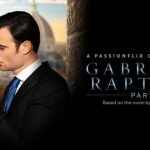🎬 Schindler’s List: A Haunting Portrait of Humanity Amidst Unimaginable Horror (1993)
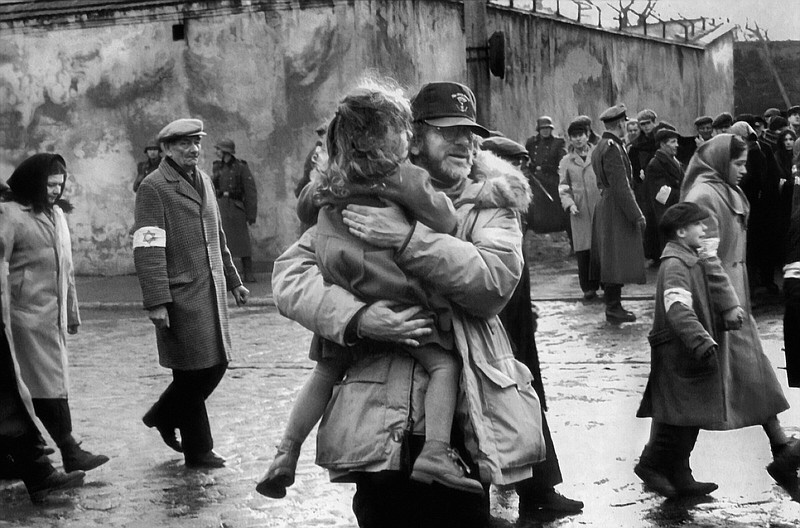
Directed by Steven Spielberg, Schindler’s List (1993) is a historical drama that tells the true story of Oskar Schindler, a German businessman who saved over a thousand Jewish lives during the Holocaust. Based on the novel Schindler’s Ark by Thomas Keneally, the film stars Liam Neeson as Schindler, Ralph Fiennes as the monstrous SS officer Amon Goeth, and Ben Kingsley as Schindler’s Jewish accountant, Itzhak Stern. Shot in stark black and white, the film delivers a powerful, raw depiction of the Holocaust, exploring the depths of human cruelty and the profound impact of compassion and moral courage.
🕊️ Plot Overview: A Transformation from Profit to Humanity
The story follows Oskar Schindler (Liam Neeson), a charming and opportunistic businessman who arrives in Kraków with the intent of profiting from the war. Schindler, an ambitious member of the Nazi party, bribes officials to gain control of a factory and enlists Jewish laborers because they are the most affordable workforce. It is through his interactions with his accountant, Itzhak Stern (Ben Kingsley), and the horrifying events he witnesses, that Schindler’s perspective begins to shift.
When he sees the atrocities inflicted upon the Jewish population by SS officer Amon Goeth (Ralph Fiennes) and the horrifying liquidation of the Kraków Ghetto, Schindler undergoes a profound transformation. Risking his life, he uses his factory as a safe haven, bribing Nazi officials to keep his Jewish workers out of concentration camps. In a remarkable act of courage, he compiles “Schindler’s List,” a roster of over a thousand Jewish individuals who he ultimately saves from death at great personal cost. The film’s climactic scene of liberation and Schindler’s emotional breakdown in front of his workers underscores the moral weight of his actions and the lives he saved.
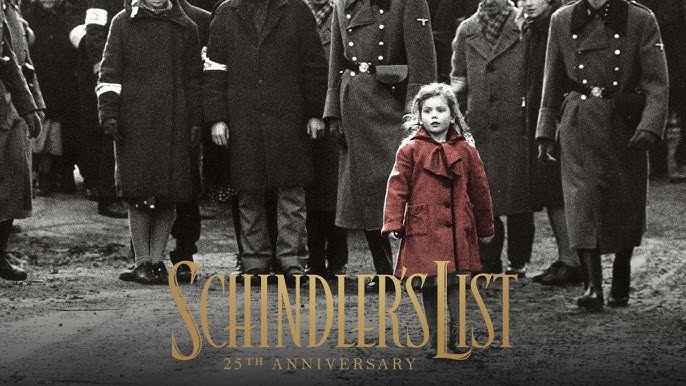
🎭 Powerful Performances and Deeply Layered Characters
- Liam Neeson as Oskar Schindler: Neeson’s portrayal of Schindler is masterful, capturing his journey from a morally ambiguous businessman to a deeply compassionate man willing to sacrifice everything to save lives. Neeson brings warmth and complexity to Schindler’s character, showing his struggle, guilt, and ultimate transformation with great emotional depth.
- Ralph Fiennes as Amon Goeth: Fiennes delivers a chilling performance as Goeth, embodying a terrifyingly indifferent cruelty. His portrayal captures the sheer evil of Goeth’s actions, creating a villain who is as frightening as he is real. Fiennes’s performance serves as a stark contrast to Schindler’s character, highlighting the depths of human depravity during the Holocaust.
- Ben Kingsley as Itzhak Stern: Kingsley’s performance as Stern is gentle and dignified, serving as both a grounding presence for Schindler and a symbol of the resilience of the Jewish people. His loyalty and quiet strength are moving, and his portrayal of Stern’s cautious hope is a vital counterpoint to the horror surrounding him.
🎥 Stark Black-and-White Cinematography and Symbolic Imagery
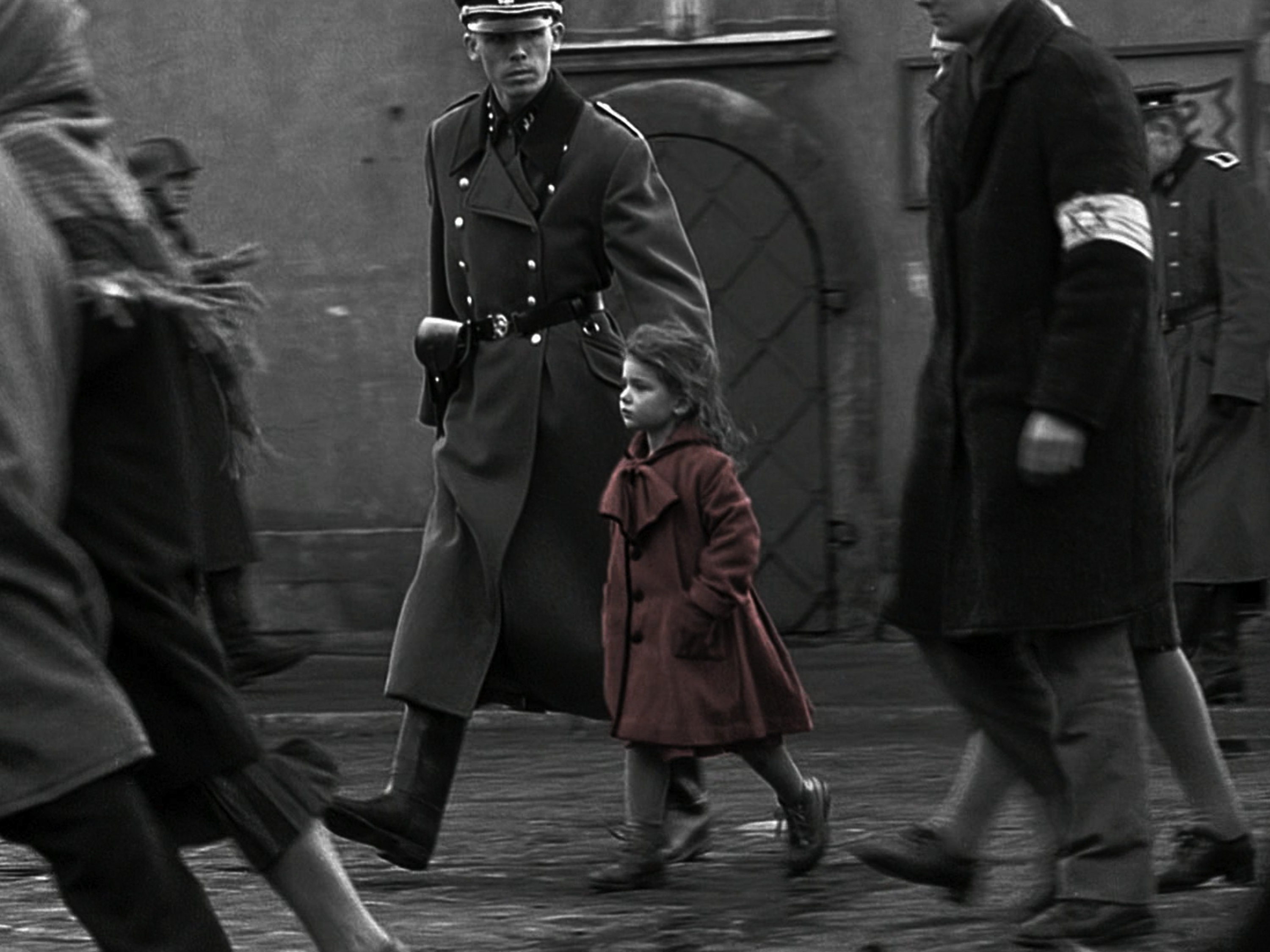
Spielberg chose to shoot Schindler’s List in black and white to give it the look of historical footage, creating an atmosphere that feels almost documentary-like. Cinematographer Janusz Kamiński’s use of shadows and contrasts intensifies the film’s themes of good and evil, while also emphasizing the bleak reality of the Holocaust. The cinematography is hauntingly beautiful, capturing both the despair and resilience within the Jewish community.
The film’s use of color is minimal but deeply symbolic. The little girl in the red coat, one of the film’s few splashes of color, becomes a powerful image of innocence lost amid senseless violence. Her presence highlights Schindler’s transformation and the horrifying scale of the Nazi atrocities, making it one of the most iconic symbols in film history.
💡 Themes of Morality, Compassion, and the Value of Life

Schindler’s List is a profound exploration of morality, asking how one person can make a difference in the face of overwhelming evil. Schindler’s journey reflects the courage required to confront one’s own values and act against injustice, even when it means risking one’s life. The film also underscores the resilience and dignity of those who survived the Holocaust, as well as the importance of remembering and honoring their stories.
The film emphasizes the value of each life saved, with the closing scenes showing Schindler’s survivors and their descendants, highlighting the enduring impact of one man’s moral decision. Spielberg’s dedication to telling this story is both a tribute to Holocaust victims and a reminder of the power of compassion and the moral obligation to resist hatred.
🎬 Film Details:
- Title: Schindler’s List
- Director: Steven Spielberg
- Release Date: December 15, 1993
- Cast: Liam Neeson, Ralph Fiennes, Ben Kingsley, Caroline Goodall
- Genre: Historical Drama, Biography
- Runtime: 3h 15m
- Notable Aspects: Black-and-white cinematography, powerful performances, Holocaust depiction, symbolic use of color
🏆 Final Verdict: A Heart-Wrenching Masterpiece and Cinematic Triumph
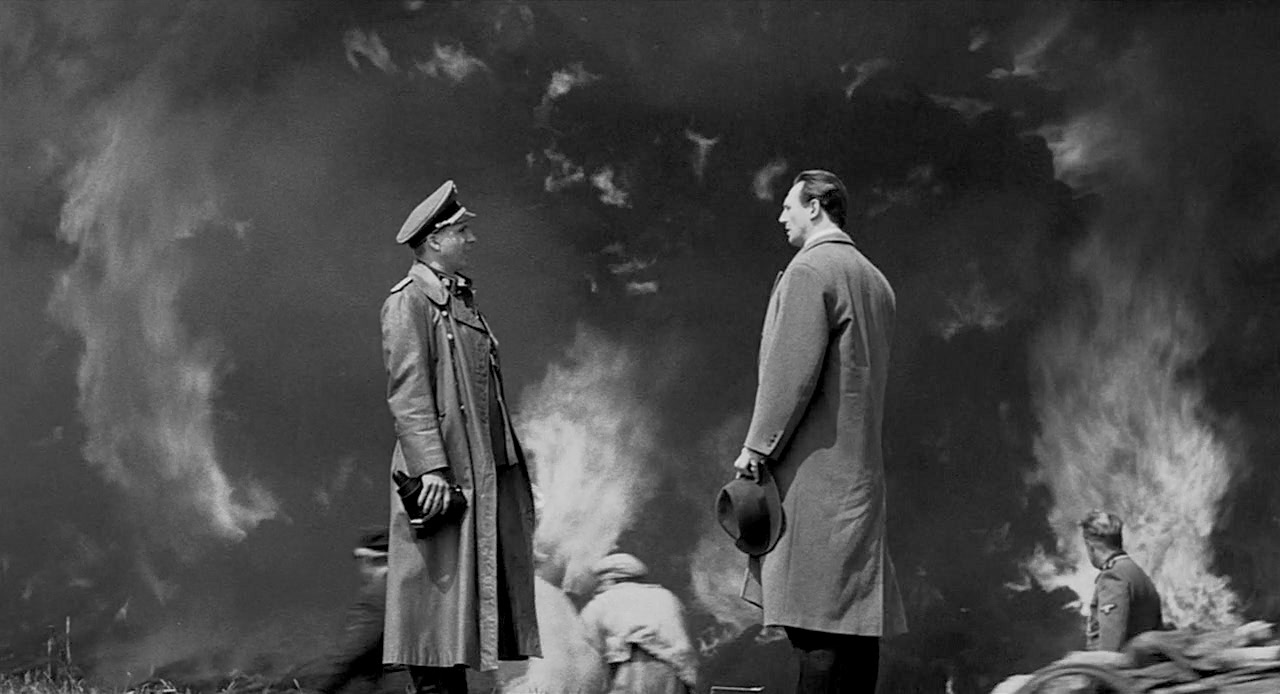
Schindler’s List is an unforgettable cinematic achievement that honors the lives lost in the Holocaust and celebrates the courage of those who fought against it. With powerful performances from Liam Neeson, Ralph Fiennes, and Ben Kingsley, along with Spielberg’s sensitive direction, the film captures both the horror and humanity of this dark chapter in history. It stands as a haunting reminder of the atrocities of the past and the importance of compassion and moral courage. For its emotional depth, historical significance, and unparalleled storytelling, Schindler’s List is a monumental film that continues to resonate deeply.





